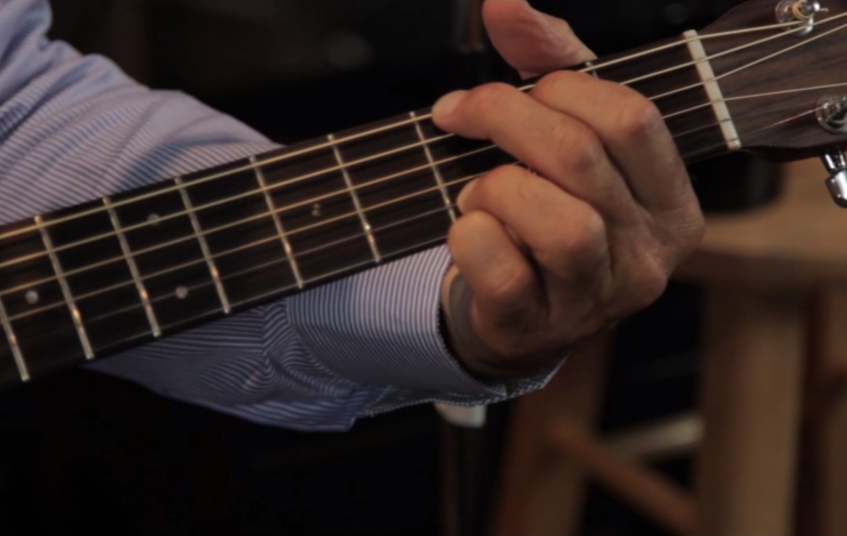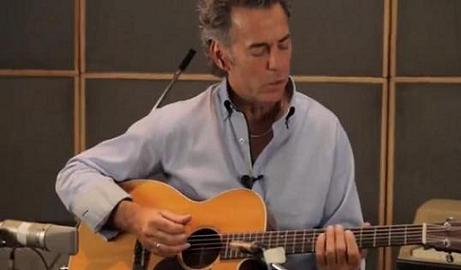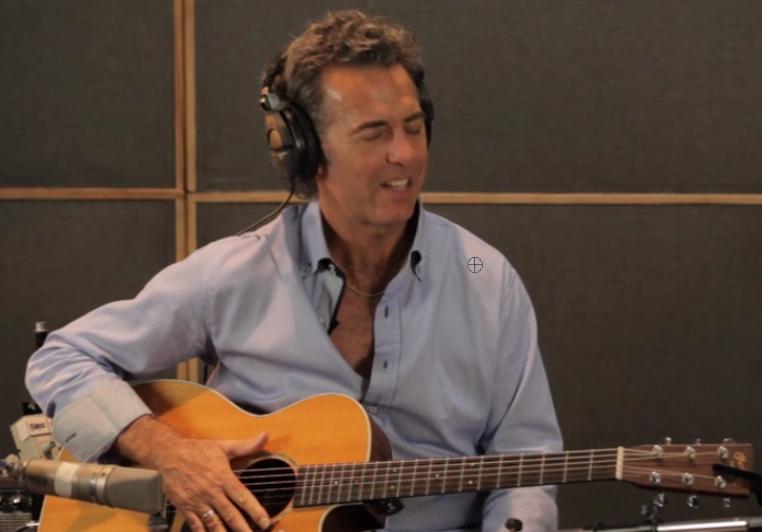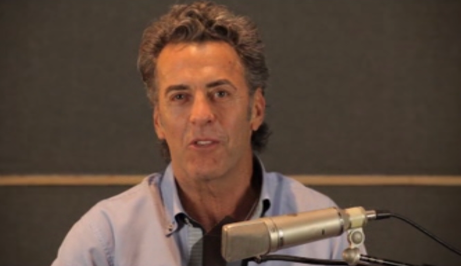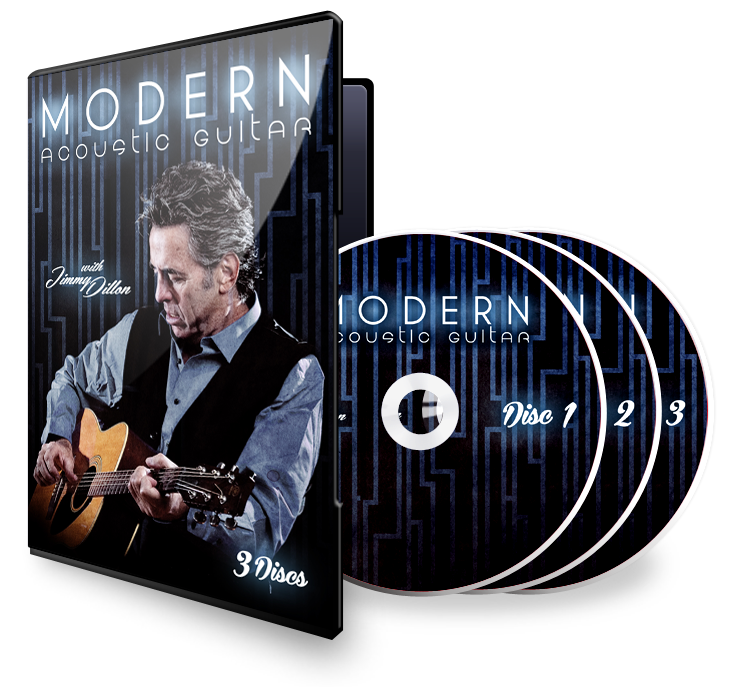Check out this lesson from Jimmy Dillon:
Like Jimmy says, “sometimes the most interesting thing is
what happens BETWEEN the chords”… Check it out 🙂
Get ready for “MODERN ACOUSTIC GUITAR” to be released this Wednesday the 24th!
It all goes down at 3 PM EST. That’s 2 PM Central, 1 PM Mountain and Noon Pacific Time.
Just go here: www.ModernAcousticGuitar.com and refresh the page.
1. first 50 buyers get a digital copy of “The Best of Jimmy Dillon”
album including bonus tracks.
2. first 20 buyers get a copy of “the Cover Story”, a 2 hour
DVD documentary about the Greatful dead , Steve Miller Band,
and other legends.
3. I’m also giving away THREE “Rokstark Lightheart” Acoustic Guitars,
each worth $349 to 3 lucky winners. (Anyone ordering on Wednesday
is eligible)
4. And….I’m giving away one MOTHERSHIP pedal , which is an incredible
analog sythenszier pedal capable of otherwordly sounds and has
a list price of $675. WOW…
Again, you must order on the first day to be eligible to win! 🙂
That’s THIS coming Wednesday…. 3 DVDs with Tabs….
Enjoy!
Again, this is a common progression but if you’re doing
that and doing that and you go to your E minor, you
understand that you’ve got an open chord there. So
you have a chance to kind of add a little color to it.
I’m basically sliding up to an F sharp note on my
D string, and this is one I use a lot on an E minor.
You can use it in other chords, too, but especially
in E minor. If you listen to this it kind of has
that… It’s a really nice touch. I’ll go over that
slowly for you again. What if you did an upstroke
here and then you did the lick? That’s the connective
tissue that — it’s what goes between the chords.
Sometimes that’s the most interesting thing.
We were chatting earlier about what makes a pro
guitarist or a good guitarist sort of stand out
as opposed to just a generic, you know, everyday
thing. And I think part of it is obviously your
vocabulary. If you have a vocabulary of passing
licks that happen between the chords, that’s going
to make a huge difference dynamically and also
getting over to a crowd, really. Delivering a song,
if you have those nice… You hear that often in
like a walkdown from D, from a D to a C, you’ll
hear… Really nice. Or a…
What that does is it’s sort of like the — oh,
I don’t know. It’s sort of the passing tones
that connect the chords together. To me that’s
what really makes a song interesting. So that’s
the verse feel for “Love Can Be That Way”.
We have a B section I’m going to get to now.
So we’ve gone from here to here to here. And
when we get to the B section, it’s C to D.
I’m hitting that C with a — in this case,
because it’s an acoustic guitar, I’m including
that G note in the bottom. Makes it big fat
cowboy chord, doesn’t it? You want those big,
fat chords when you’re playing acoustic because
unlike electric where sometimes you’re just doing
a little… Because you know otherwise it’s going
to be overwhelming with the sonic qualities of
electric guitar. But with acoustic guitar you can
do a full bodied chord and it’s good.
I’m going to share something with you now that
I didn’t play in this particular passage, but
I do play it on the record.
